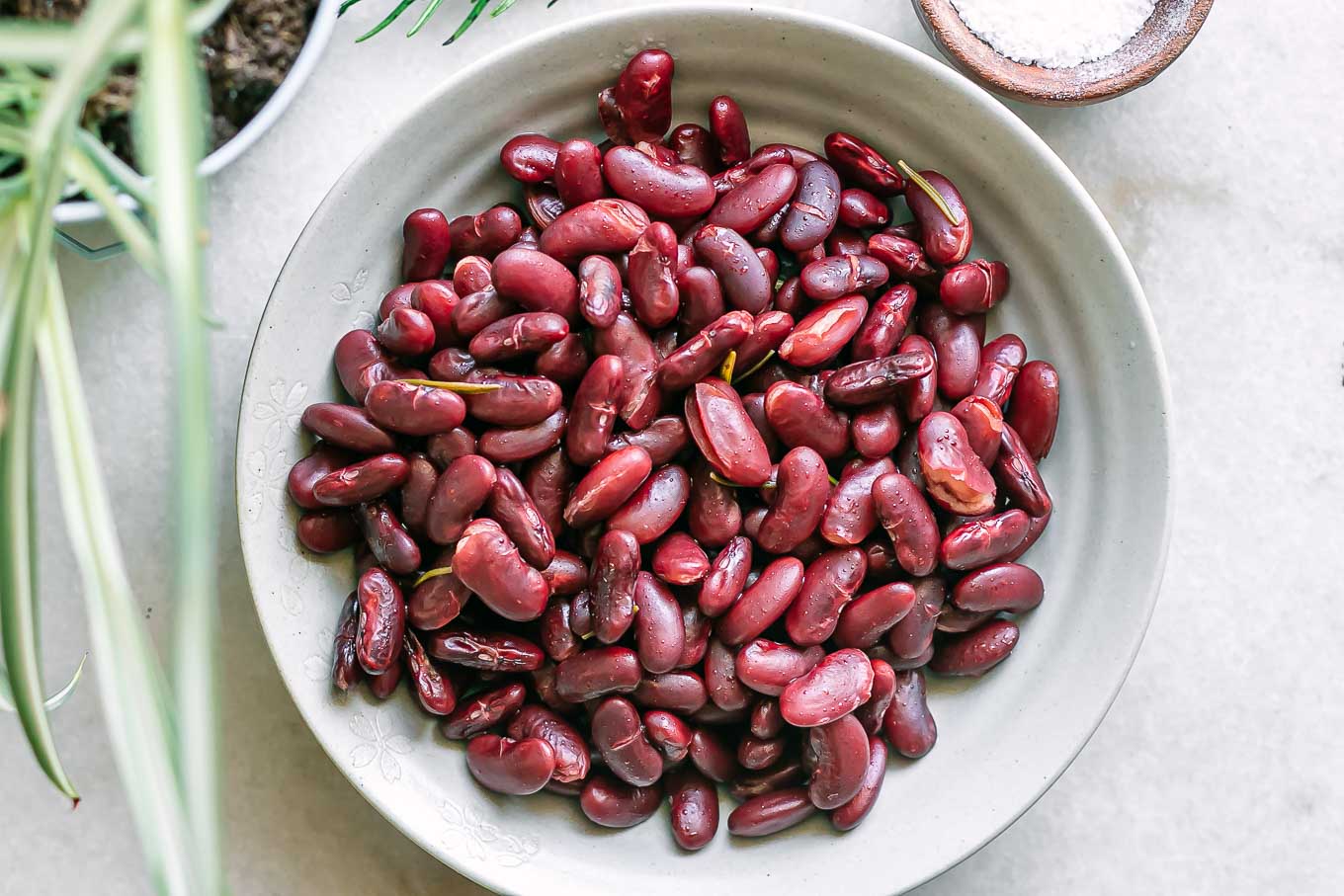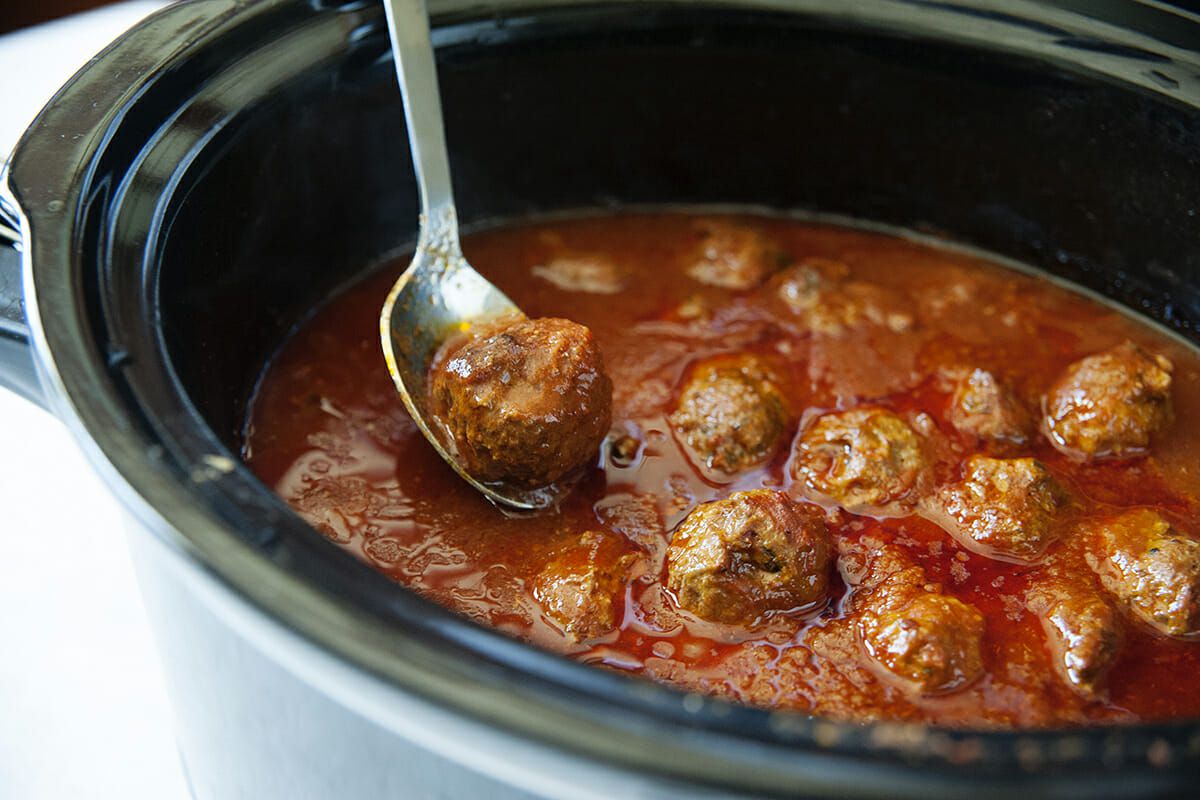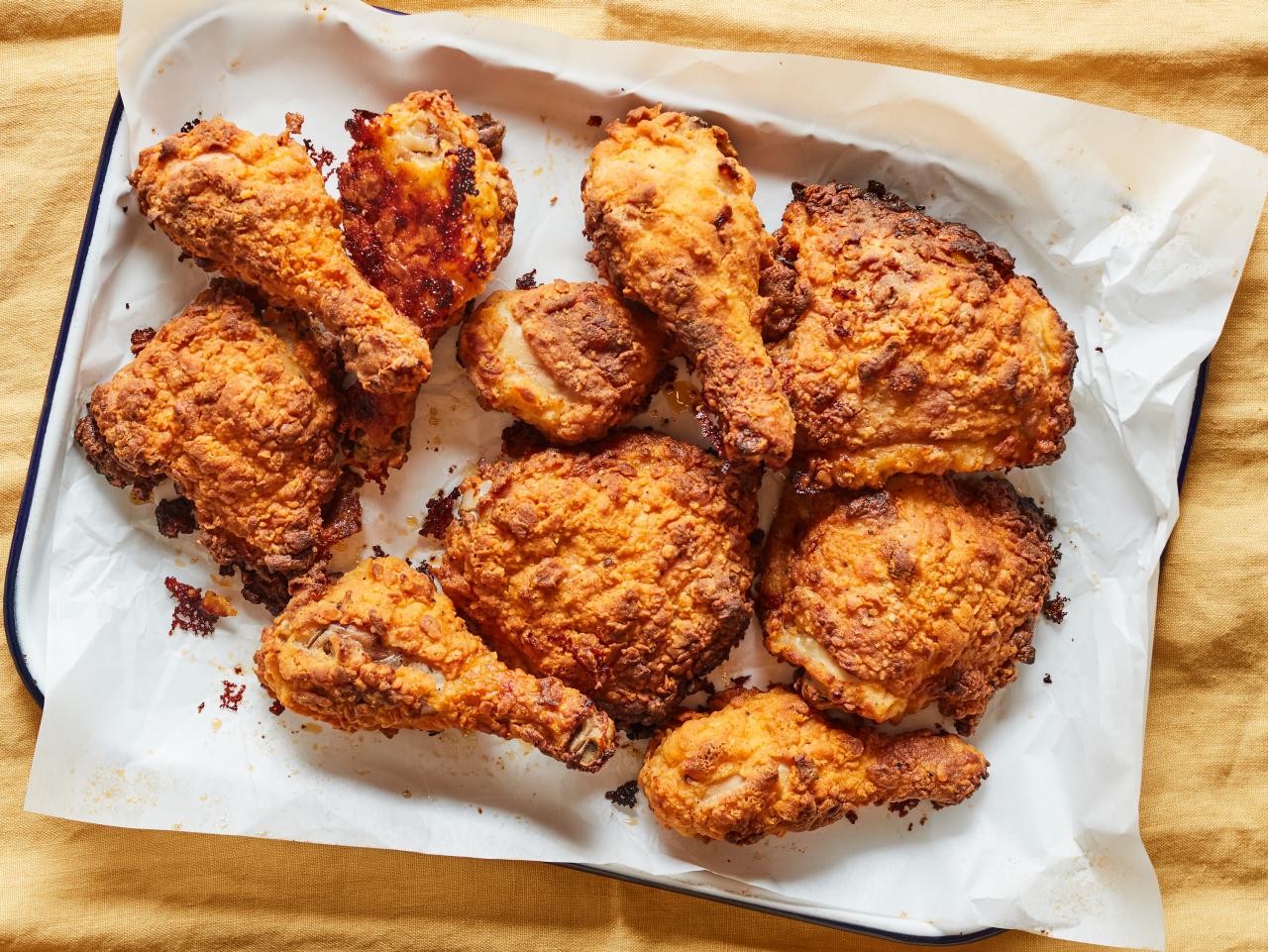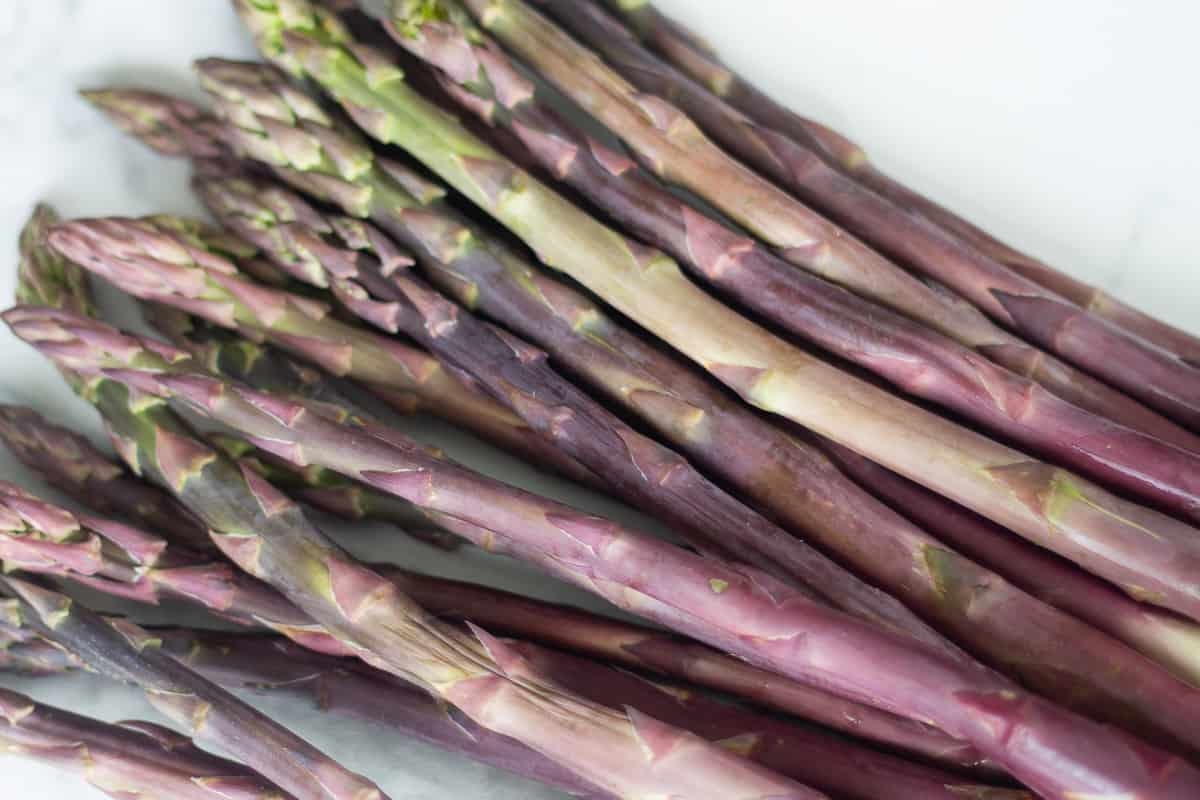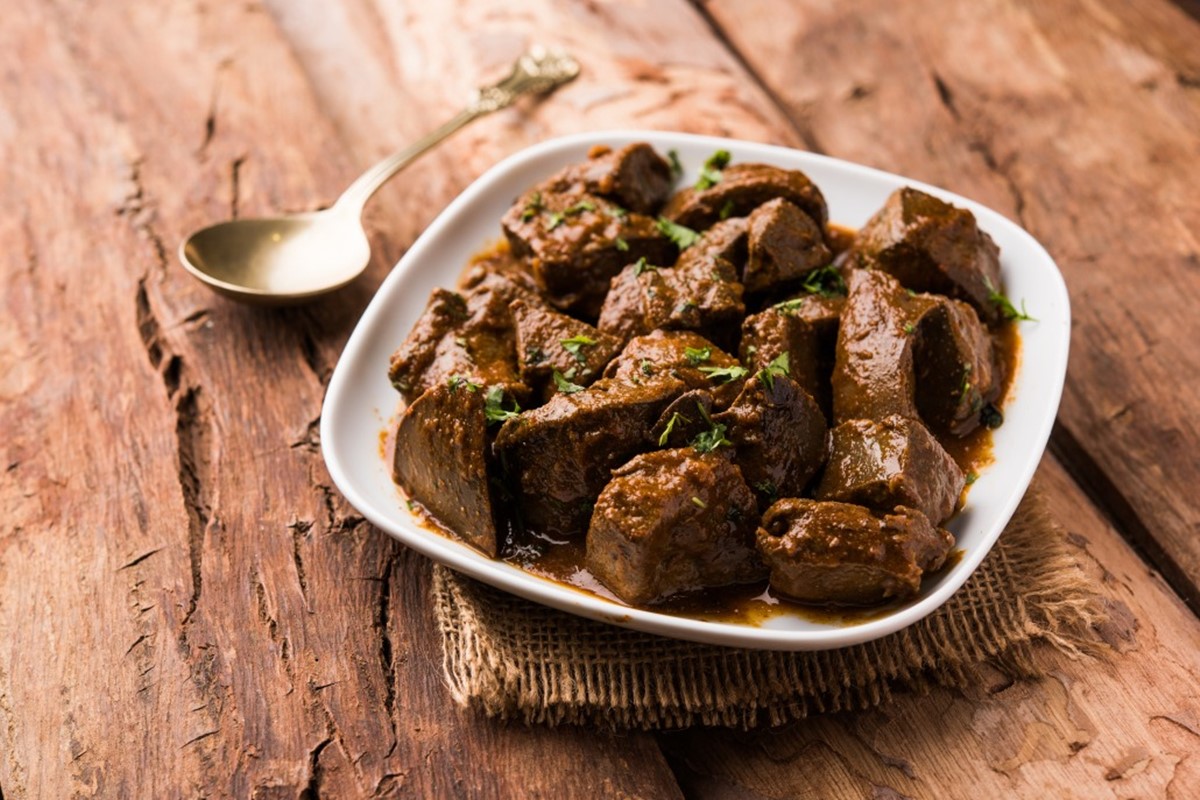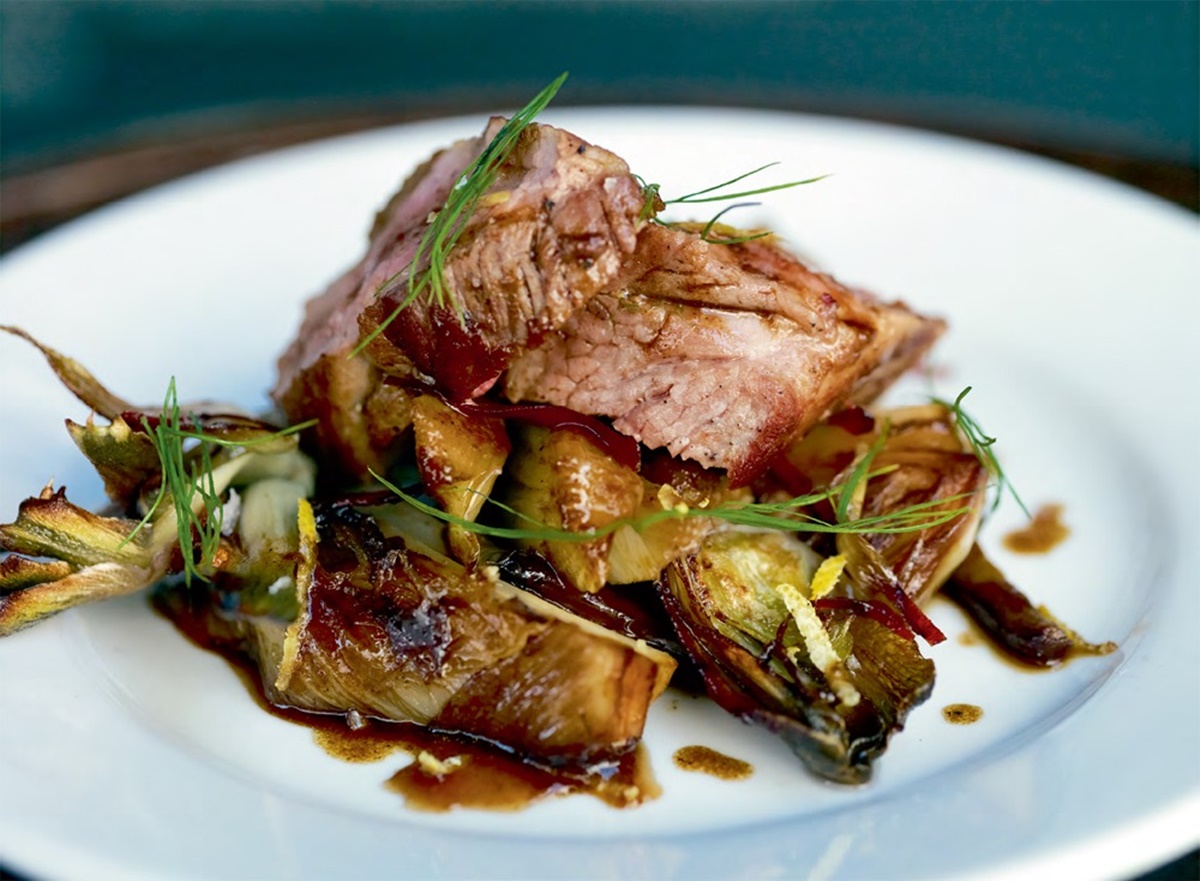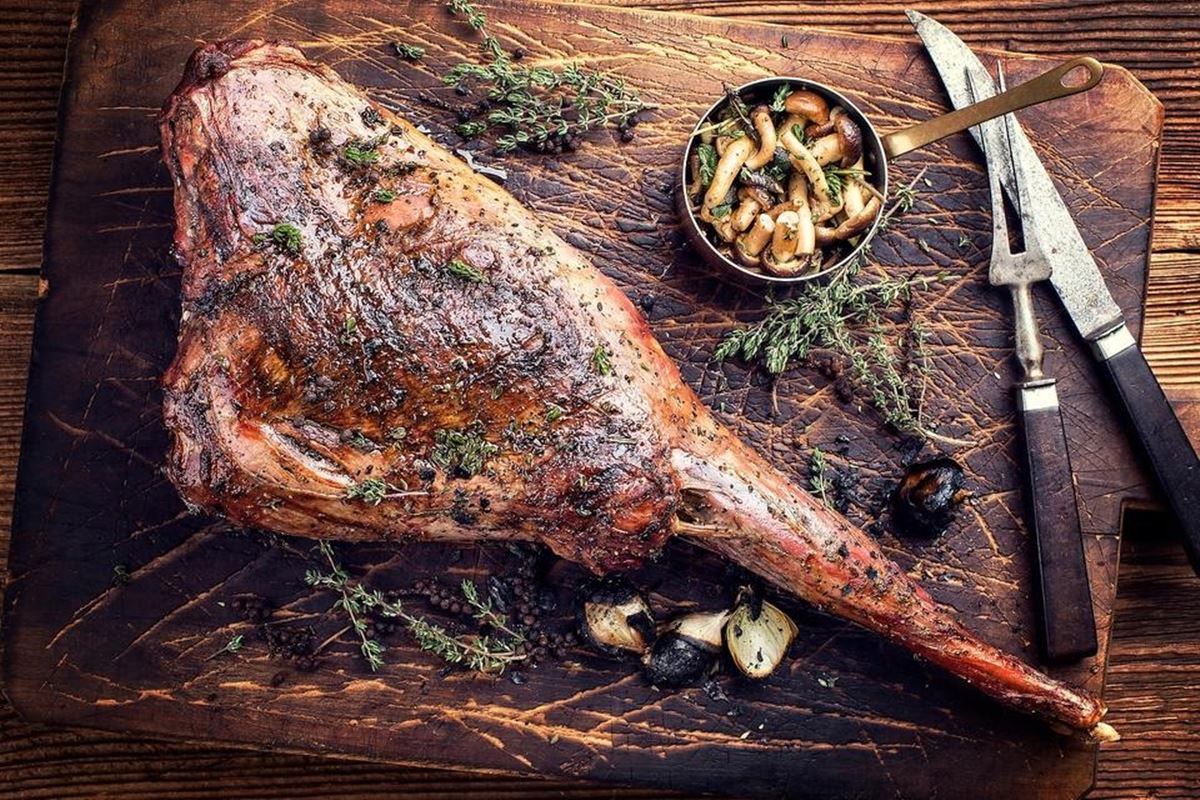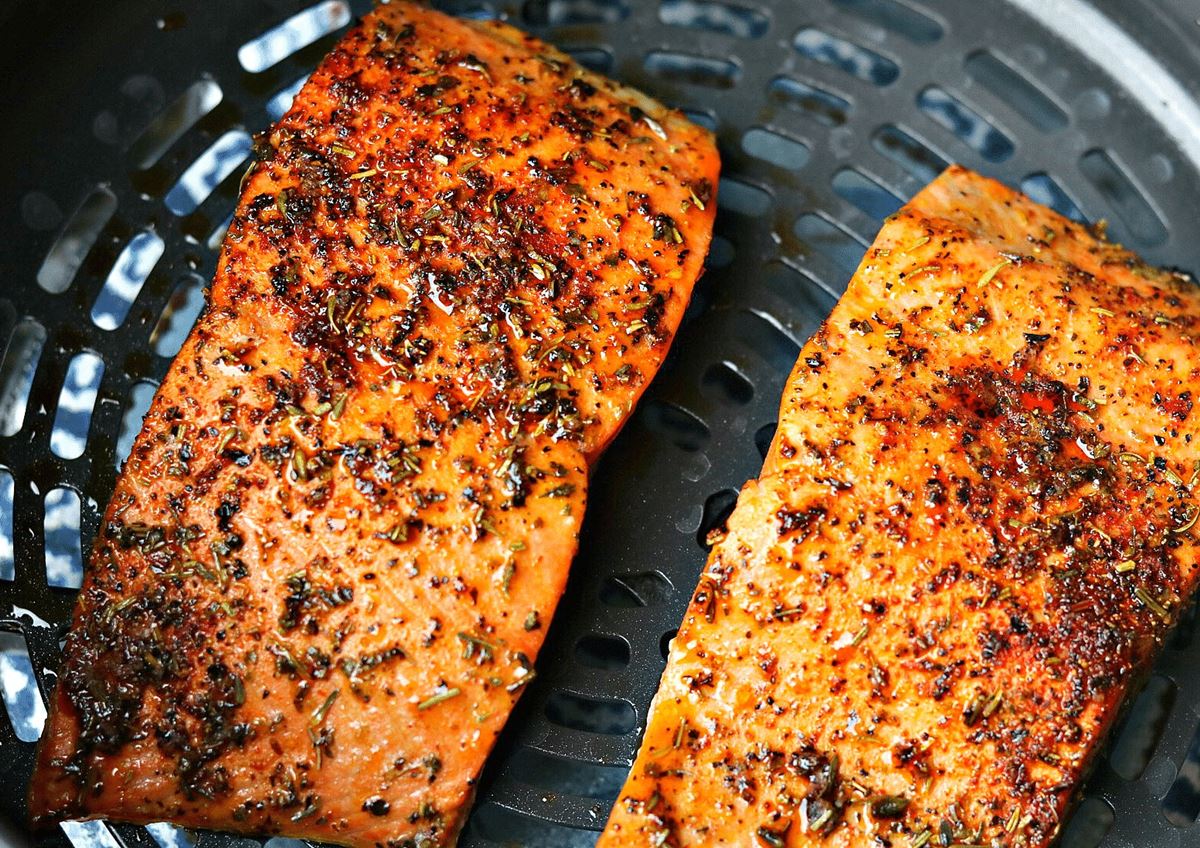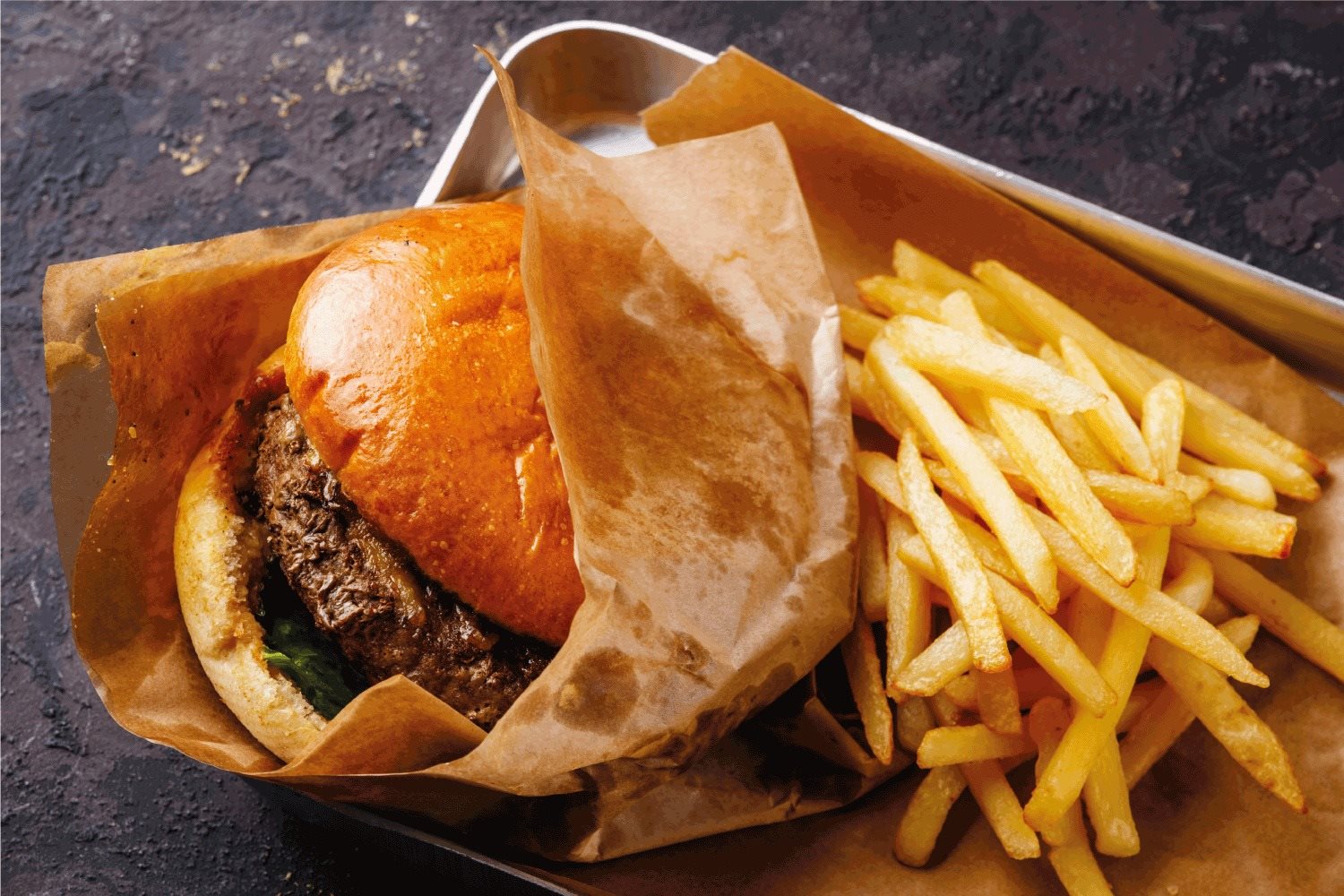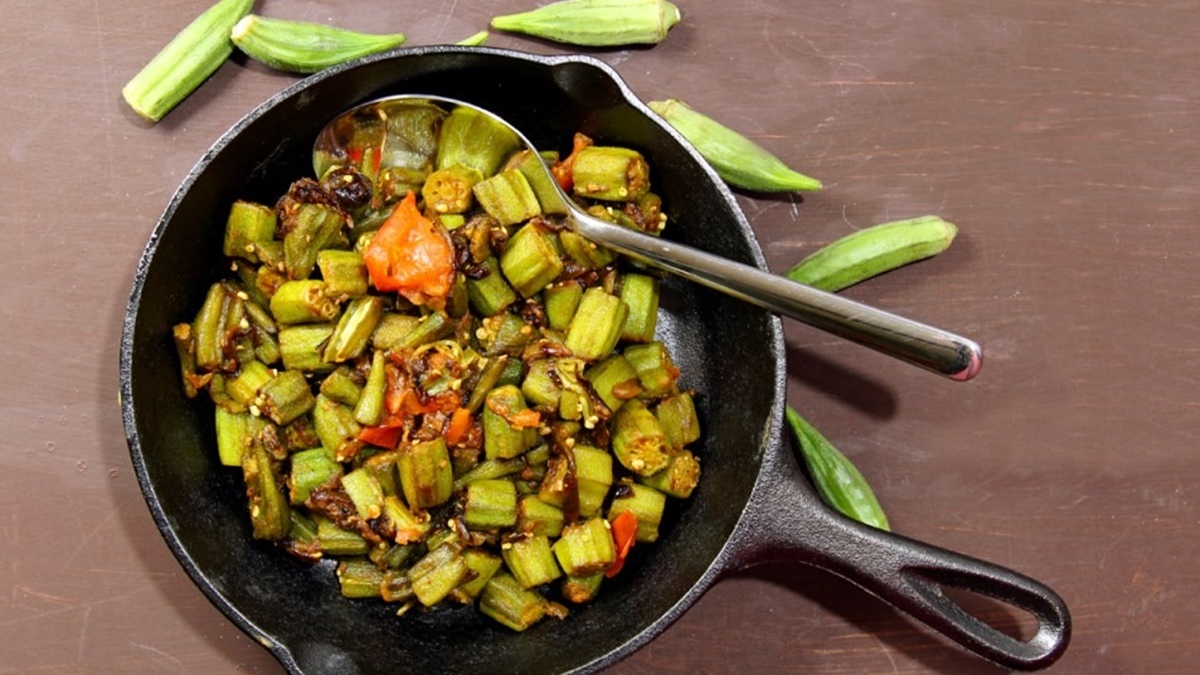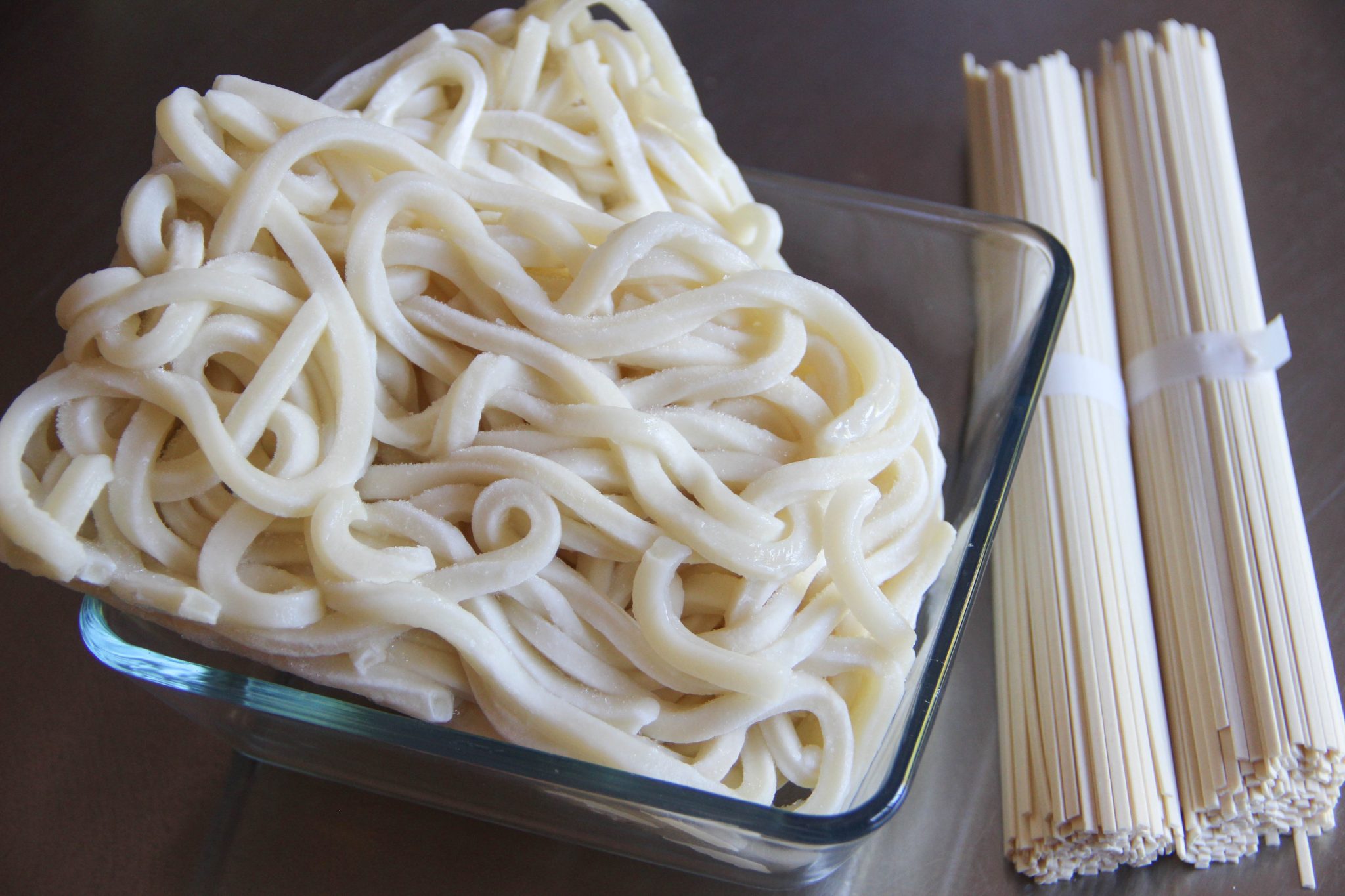How To Cook Pasta Ahead Of Time And Reheat
There’s nothing quite like a comforting bowl of pasta, but sometimes we don’t have the luxury of time to cook it fresh. Whether you’re meal prepping or simply want to have a quick and easy dinner option on hand, cooking pasta ahead of time and reheating it can be a game-changer. In this article, we’ll share some tips and tricks to help you achieve perfectly cooked pasta, even when reheated.
Choose the right pasta:
Not all types of pasta are created equal when it comes to reheating. Some hold up better than others, maintaining their texture and flavor even after being cooked ahead of time. Opt for pasta shapes that have a more robust structure, such as penne, farfalle, or rigatoni. These types of pasta are less likely to become mushy when reheated.
Cook it al dente:
When cooking pasta ahead of time, it’s crucial to slightly undercook it. Aim for an “al dente” texture, where the pasta is cooked but still firm to the bite. This will prevent the pasta from becoming overly soft or mushy when reheated.
Rinse and cool:
Once the pasta is cooked to perfection, drain it and rinse it under cold water to stop the cooking process. This step helps prevent the pasta from continuing to cook and becoming overdone when reheated.
Storage is key:
Proper storage is essential to maintain the quality of the pasta when reheating. Place the cooked and cooled pasta in an airtight container or a zip-top bag. Make sure to remove as much air as possible to prevent the pasta from drying out. Store it in the refrigerator for up to three days, or you can even freeze it for longer-term storage.
Reheating methods:
Now that your pasta is properly cooked and stored, it’s time to think about reheating. There are a few different methods you can use:
- Stovetop: Place the pasta in a pot with a splash of water or sauce to prevent it from sticking. Heat it over medium-low heat, stirring occasionally until heated through.
- Microwave: Transfer a portion of the pasta to a microwave-safe bowl. Add a little water or sauce to prevent it from drying out, cover with a microwave-safe lid or a plate, and heat in short intervals, stirring in between until warmed to your desired temperature.
- Oven: Preheat your oven to a low temperature (around 300°F/150°C). Place the pasta in an oven-safe container, cover it with foil, and heat for about 10-15 minutes or until warmed through.
Add a little moisture:
Pasta tends to absorb sauces as it sits, so when reheating, you might find it to be a bit dry. To combat this, you can add a little moisture to the pasta before reheating. This can be in the form of a splash of water, broth, or sauce. Just be careful not to add too much, as you don’t want to end up with soggy pasta.
Enhance the flavor:
Reheated pasta doesn’t have to be bland. You can boost the flavor by adding fresh herbs, grated cheese, or a drizzle of olive oil before serving. These simple additions can take your reheated pasta from ordinary to extraordinary.
Next time you find yourself short on time but craving a delicious pasta dish, remember these tips for cooking pasta ahead of time and reheating. With a little planning and the right techniques, you can enjoy a steaming bowl of perfectly cooked pasta whenever you’d like.
Cooking pasta ahead of time and reheating it can save you a lot of hassle, especially when you're preparing for a busy week. Recipes like Classic Spaghetti Bolognese and Creamy Chicken Alfredo are perfect for this method because their rich, flavorful sauces can easily be reheated without losing taste. If you're looking for something a bit more adventurous, try the Penne alla Vodka or Spinach and Ricotta Stuffed Shells. These dishes are not only delicious but also hold up well when made in advance and reheated. For a baked option, you can't go wrong with Baked Ziti with Sausage, which gets even better as the flavors meld together. Lastly, Chicken Pesto Pasta Salad is a great cold option that can be made ahead and enjoyed straight from the fridge. These recipes are all fantastic choices for making ahead and reheating, ensuring you have delicious meals ready when you need them most.
Was this page helpful?
Read Next: How To Cook Zucchini For Dogs
